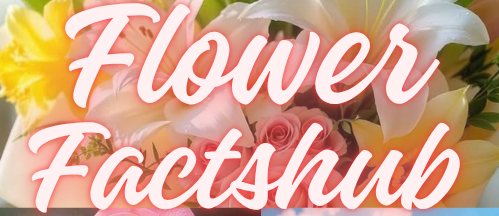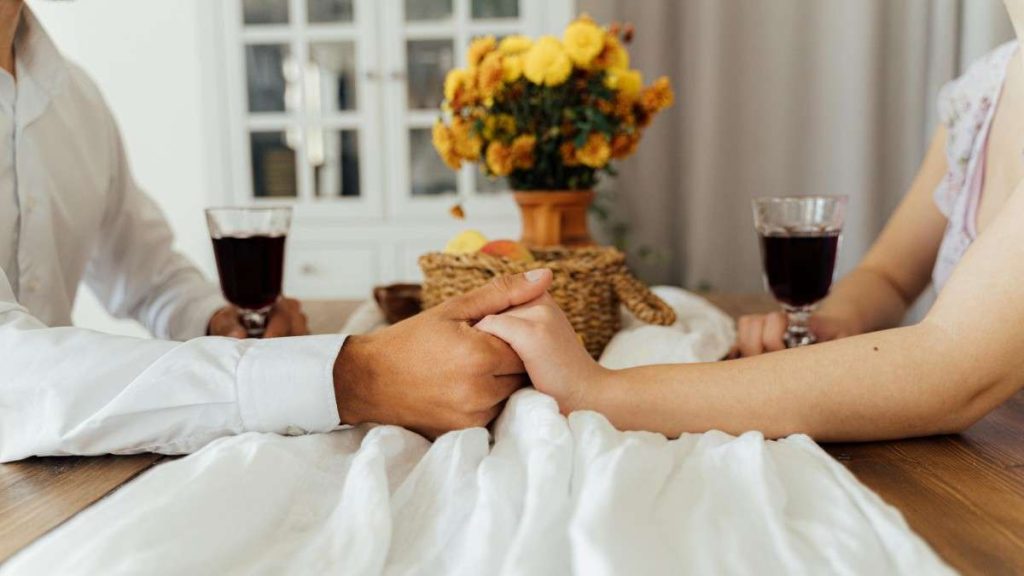Every February, love fills the air and flowers are often the first messengers of that love. Whether it’s a bold bouquet of red roses or a single delicate tulip, Valentine’s Day flowers have long been a beautiful way to say, “I love you.” And honestly, it’s not hard to see why.
From the moment you receive them, flowers spark emotion. Their color, scent, and softness instantly create a sense of warmth and care. Even more, each flower carries its own special meaning roses whisper romance, lilies express admiration, and carnations share playful affection. This emotional connection makes them more than just a gift; they’re a heartfelt gesture.
Over time, giving flowers on Valentine’s Day has become a cherished tradition. It began centuries ago and continues to thrive today. While handwritten letters and chocolates also play a role in Valentine’s gifting, flowers remain at the heart of it all. Why? Because they speak when words fall short.
In fact, as people look for more creative ways to express love, flowers have evolved too. Nowadays, you’ll find not only fresh blooms, but also wood flowers, dried arrangements, and even flower-themed gifts. These options not only offer variety, but also help personalize the experience making your message of love even more unique.
Ultimately, whether you’re celebrating new love, lasting love, or self-love, flowers give you the perfect starting point. They’re thoughtful, timeless, and always leave an impression. So, as Valentine’s Day approaches, let’s explore what makes these floral gifts so special and how to choose the perfect bouquet for the people who matter most.
Why choose Stunning Valentine’s Day Flowers for True Romance?
Valentine’s Day flowers are a classic expression of love and affection, and choosing the right blooms adds a romantic and meaningful touch to your celebration. Whether it’s roses, tulips, or lilies, the beauty and symbolism behind each flower help create unforgettable moments of love that go beyond words.
History
While giving flowers on Valentine’s Day feels like second nature today, this tradition actually has deep historical roots. In fact, to truly understand why we reach for roses and romantic blooms every February 14th, we have to go back several centuries to a time when love was expressed in much more poetic ways.
To begin with, the origins of Valentine’s Day itself are layered in legend. Most notably, the holiday is named after Saint Valentine, a Christian martyr from ancient Rome. As the story goes, Valentine defied Emperor Claudius II’s ban on marriages by secretly officiating weddings for young lovers. Because of this, he became a symbol of romance and devotion and centuries later, his name became forever linked to a day of love.
As the celebration of Valentine’s Day evolved during the Middle Ages, especially in Europe, the idea of courtly love began to flourish. Nobles and poets exchanged handwritten notes, tokens, and yes flowers. These weren’t just random gifts either. People chose specific blooms to express certain emotions, since each flower had a symbolic meaning. Roses, for instance, were associated with Venus, the Roman goddess of love, making them a natural choice for romantic gestures.
Then came the Victorian era, a time when emotions were often left unspoken in public. Instead, lovers turned to what was known as the “language of flowers” a popular form of communication where flowers were used to send coded messages. During this period, the act of sending a bouquet wasn’t just thoughtful it was almost like sending a secret love letter. Red roses conveyed deep love, violets represented faithfulness, and forget-me-nots were exactly what they sounded like: a sweet plea not to be forgotten.
Moreover, as Valentine’s Day became more commercialized during the 19th and 20th centuries, florists began to play a bigger role. Thanks to the growth of flower farms and easier transportation, bouquets became more accessible to the public. Soon, sending flowers on Valentine’s Day wasn’t just a noble gesture it became a beloved tradition across all walks of life.
Today, while the world of romance has shifted with the times think dating apps and digital love letters the tradition of giving flowers remains stronger than ever. And even though we now have endless options, from hand tied wildflower bunches to elegant wood flower arrangements, the intention behind it hasn’t changed at all.
People have turned the act of giving flowers on Valentine’s Day into a cherished tradition over time. They began this custom centuries ago and continue to keep it alive today.
Valentine’s Day Flowers
When it comes to expressing love on Valentine’s Day, nothing speaks louder or sweeter than a beautiful bouquet of flowers. From the moment they’re delivered to the way they brighten someone’s day, flowers carry meaning, beauty, and a sense of tradition. But more than anything, they carry emotion.
To begin with, flowers have always had a unique way of saying what words sometimes can’t. Whether you’re celebrating passionate love, new beginnings, lasting friendship, or even self-love, there’s a flower that fits the feeling. And that’s what makes Valentine’s Day flowers so special they’re as versatile as love itself.
Roses: The All Time Favorite
Of course, when we think of Valentine’s Day, roses instantly come to mind. And for good reason. Red roses, in particular, symbolize deep love, desire, and admiration. They’re timeless, elegant, and full of meaning.
However, not all roses send the same message. For example:
- Pink roses express gratitude, admiration, and sweetness.
- White roses symbolize purity, innocence, and new love.
- Yellow roses are perfect for friendships and joyful connections.
- Lavender roses hint at enchantment and love at first sight.
As a result, choosing the right color allows you to tailor the message making your bouquet even more personal.
Tulips: The Simplicity of Pure Love
Next, we have tulips another classic flower that shines around Valentine’s Day. Although they might seem simple at first glance, tulips carry strong meaning. They represent perfect, unconditional love, and they’re especially popular among those who want something elegant yet less traditional.
Moreover, tulips come in a wide range of colors, allowing you to create soft, romantic arrangements or bold, eye catching ones. Their clean shape and vibrant hues make them ideal for both fresh couples and long-time partners alike.
Lilies, Carnations & Beyond: Saying More with Every Petal
In addition to roses and tulips, many people now explore other blooms to make their Valentine’s bouquet stand out. For example:
- Lilies symbolize passion and confidence. They also bring a dramatic flair to any bouquet.
- Carnations are playful and affectionate perfect for young love or new crushes.
- Orchids give off a luxurious vibe, making them a favorite for upscale or exotic arrangements.
- Gerbera daisies represent cheerfulness, perfect for someone who lights up your life.
Wood, Dried, and Preserved Flowers
Furthermore, not everyone wants flowers that fade in a few days. That’s why wood flowers and preserved blooms have become so popular. Not only are they long lasting, but they’re also eco friendly and fully customizable. You can dye wood flowers in any color, add fragrance, and even create unique arrangements that last for years.
Personalizing Your Flower Gift
At the same time, it’s not just about the type of flower it’s about how you give them. A simple handwritten note, a custom bouquet based on your loved one’s favorite colors, or a creative flower box can transform a gift into a memory.
Even better, you can combine flowers with chocolates, candles, or handmade crafts for a truly heartfelt gesture. These small additions show thoughtfulness and care, which honestly mean more than anything.
Finally, technology has added a new twist to Valentine’s Day flower giving. Now, you can order from local florists, send surprise deliveries across the world, or even create digital flower cards. Whether you’re in a long distance relationship or planning a surprise from the next room, love has never been easier to send.
Final Thoughts
Valentine’s Day is a celebration of love, and nothing captures the spirit of romance quite like a thoughtfully chosen bouquet of stunning flowers. Whether it’s the classic red rose symbolizing deep passion or delicate tulips representing a new beginning, each flower tells a unique love story. Gifting flowers on this special day isn’t just about tradition, it’s about creating a heartfelt moment that your partner will remember and cherish. A beautiful bouquet speaks volumes when words fall short, making it one of the most timeless and meaningful gestures of affection.
In today’s fast-paced world, taking the time to select the perfect Valentine’s Day flowers shows your loved one just how much they matter. You can customize arrangements based on personal preferences, colors, or symbolic meanings, making the gift even more intimate. Whether you choose luxurious roses, elegant lilies, or a mixed bouquet full of personality, these flowers are more than just décor, they’re expressions of emotion, memories in bloom, and lasting reminders of the bond you share. So this Valentine’s Day, let flowers speak the language of your heart and create a moment of true romance.
Frequently Asked Questions (FAQs)
Q1: What are the most popular flowers for Valentine’s Day?
The most popular Valentine’s Day flowers include red roses, tulips, lilies, carnations, and orchids each symbolizing different forms of love and affection.
Q2: Do flower colors have different meanings?
Yes! For example, red symbolizes deep love, pink represents admiration, white stands for purity, and yellow signifies friendship.
Q3: How can I make my Valentine’s Day bouquet more personal?
Add a personal note, choose your partner’s favorite flowers or colors, or include a mix of blooms that tell your unique love story.
Q4: Can I order Valentine’s Day flowers online?
Yes, many florists offer online ordering with same-day delivery, especially around Valentine’s Day, for added convenience.
Q5: Are there flower options for people with allergies?
Yes! Consider hypoallergenic flowers like roses, orchids, or hydrangeas, or opt for wood or silk flowers as allergy-free alternatives.
Q6: How long do Valentine’s Day flowers last?
Fresh flowers typically last 5–7 days, but you can extend their life with proper care, such as trimming stems and refreshing the water daily.



